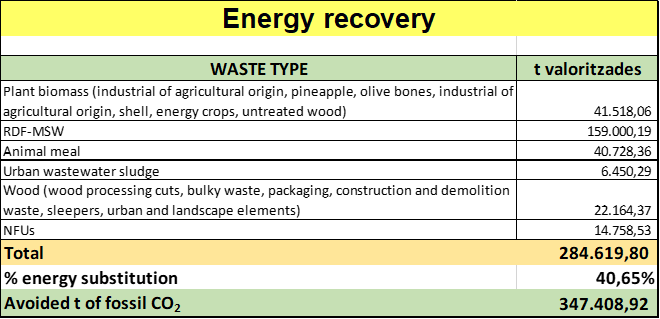The contribution of Catalan cement factories in the fight against Climate Change experienced a qualitative leap in 2020 thanks to the increase in energy recovery from waste, which stood at 40.65% compared to 34.97% in 2019. With this Circular Economy practice prevented the emission into the atmosphere of more than 347 thousand tons of CO2 from fossil fuels, and it also prevented more than 284 thousand tons of waste from ending up in landfills, with the consequent environmental problems that this entails.
The last meeting of the sector with the Generalitat, held online on May 11 as part of the monitoring of the Voluntary Agreement for efficiency in the use of resources, highlighted the level of environmental performance of the Catalan cement industry. Apart from energy recovery, the material recovery of waste (use as raw material in the manufacture of clinker) and the use of by-products was 114 thousand tons (almost 6.5% more than in 2019).
In financial year 2020, and despite the restrictive context of the activity due to the Covid-19 pandemic, the cement industry invested 3.5 million euros in environmental improvements, having as main items the reduction of visual impact, the energy recovery of waste, the reduction of particle emissions from localized sources, the improvement of energy efficiency, and the reduction of emissions of nitrogen oxides and sulfur. On the other hand, and as in previous years, in 2020 100% compliance was achieved in all emission limit values for each of the emission sources into the atmosphere.
During the meeting, the president of Ciment Català, Salvador Fernández Capo, presented a summary of the sector’s situation and also the Roadmap for Carbon Neutrality 2050. The president reiterated the sector’s commitment to this project, stating that whoever does not reduce their emissions will remain outside the European market.

